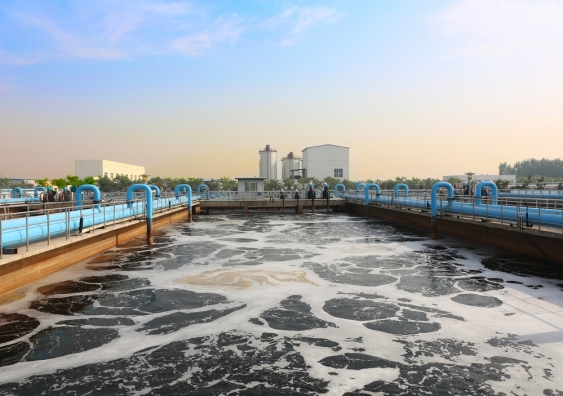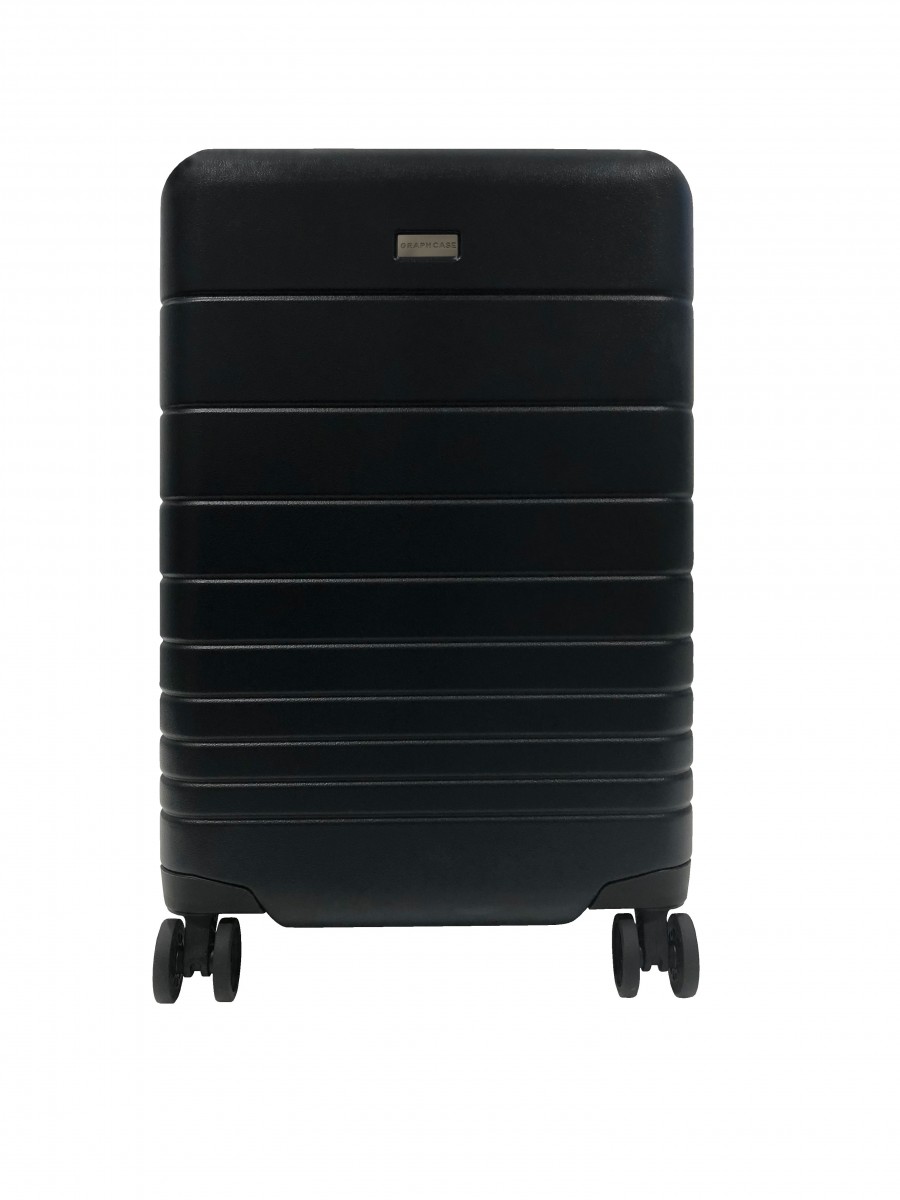(UNSW scientists design graphene filter to purify methane from biogas)
2019/10/10 オーストラリア連邦ニューサウスウェールズ大学 (UNSW)

・ UNSW は、同大学が開発したグラフェンによる浄水フィルターで、廃水処理で発生したバイオガスからメタンを精製する新たなアプリケーションを発見。
・ グラフェンメンブレンが、廃水処理施設での有機物の分解中に発生するバイオガスからメタンを抽出できることを研究室レベルで実証。再生可能エネルギー源の供給が期待できる。
・ バイオガスはメタンと不純物との混合物で、廃水処理の嫌気性消化中にバクテリアが生分解性材料を分離する過程で発生する。
・ 同大学の Graphene Team は、Sydney Water 社とパートナーシップを組み、従来の飲料水浄水過程で残存する天然有機物を 99%超除去する、のグラフェンベースフィルターの研究室での実証に成功している。
・ バイオガスに含まれる貴重なメタンを浄化できる、よりコスト効果的で簡易な技術へのニーズは高まっている。
・ Sydney Water 社では、現在、廃水処理で発生したバイオガスを使用してエネルギーを生成。グラフェンの使用によりメタンをより多く回収でき、同社の要件を上回るメタン利用の可能性が期待できる。将来的には、生成したメタンをバスの燃料として利用することも可能。循環型経済の創出に貢献できると考える。
・ 高純度のメタンを他のアプリケーションで使用する可能性のため、本技術は廃水処理や再生可能エネルギー関連の産業にとって朗報と考える。グラフェンベースのメンブレンは、混合ガスから二酸化炭素を除去することも可能。
・ 2018 年にシドニー西部にある Sydney Water 社の Nepean Water Filtration Plant のサンプルで試験を実施。大気圧下で高水流を維持しながら天然有機をほぼ 100%除去した。Sydney Water 社では、 9 つの浄水場の内の 1 施設や、海水淡水化工場で処理した飲料水 15 億リットルを毎日供給している。
・ UNSW と Sydney Water 社は、過去 4 年間にわたりグラフェンメンブレンを設計。現在、商業化へのスケールアップを図っている。今後 5 年以内には、開発したグラフェンメンブレンを Sydney Water 社のプラントで試験的に使用する予定。
URL: https://newsroom.unsw.edu.au/news/science-tech/unsw-scientists-design-graphene-filterpurify-methane-biogas
(関連情報)
関連する過去記事(2018/3/14 発表)
Revolutionary new filter can improve drinking water quality
URL: https://newsroom.unsw.edu.au/news/science-tech/revolutionary-new-filter-can-improvedrinking-water-quality
<NEDO海外技術情報より>
UNSW scientists design graphene filter to purify methane from biogas
10 OCT 2019
LUCY CARROLL
UNSW researchers are using ‘wonder material’ graphene to generate sustainable energy in municipal wastewater treatment plants.
UNSW scientists have demonstrated that graphene membranes can be used to purify methane that is present in biogas generated during the breakdown of materials in wastewater plants.
UNSW scientists that developed a graphene filter to improve the quality of drinking water have discovered a new application for the very thin form of carbon – the ability for graphene to purify methane from biogas produced in wastewater plants.
The research team, led by Dr Rakesh Joshi of the UNSW School of Materials Science and Engineering, has demonstrated at lab-scale that graphene membranes can be used to extract methane present in biogas generated during the breakdown of organic materials in wastewater plants.
The research indicates that it is possible to purify methane from biogas in a wastewater treatment plant environment, creating a potential source of renewable energy. Biogas, a mixture of methane and other impurities, is produced during anaerobic digestion in wastewater treatment – the process of bacteria seperating biodegradable material.
“We are working in close collaboration with Sydney Water to convert these findings into a retrofittable technology for wastewater treatment plants,” Dr Joshi said. “Graphene, a thin sheet of carbon atoms that forms in a honeycomb pattern, is considered a wonder material which is stronger than steel. Our team focuses graphene research to generate innovative solutions that industry can use.”
UNSW’s Graphene Team, in partnership with Sydney Water, has already successfully demonstrated a graphene-based, laboratory-scale filter that can remove more than 99% of the ubiquitous natural organic matter left behind during conventional treatment of drinking water.
“Our group’s latest research indicates that it is possible to use graphene to extract and refine methane to be recycled and reused as a source of energy,” Dr Joshi said.
Dr Heri Bustamante, Principal Scientist in Treatment at Sydney Water, said there was a need to develop more cost effective and easier to operate technologies to purify the valuable methane in biogas.
“Sydney Water currently uses biogas produced in the wastewater treatment process to generate energy. The use of graphene will enable increased capture of methane to expand potential uses beyond the requirements of Sydney Water. Production of methane to fuel buses could be a potential future use, for example,” said Dr Bustamante. “This would contribute to the potential of creating a circular economy at Sydney Water.”
Dr Joshi said: “This is positive news for the wastewater and the renewable energy industries as it will be possible to use the purified methane for other applications. The graphene-based membranes show the removal of carbon dioxide from the mixture of gases.”
In 2018, the team conducted tests on samples from Sydney Water’s Nepean Water Filtration Plant in Western Sydney with results removing almost 100% of natural organic matter while maintaining high water flow at atmospheric pressure. Each day, Sydney Water supplies 1.5 billion litres of drinking water which is treated at one of nine water filtration plants, or the desalination plant.
Dr Joshi’s team have been working with Sydney Water for the past four years to develop a graphene membrane design that is now being scaled up for commercialisation. It is expected the graphene membranes will be ready for plant trials at Sydney Water within the next five years.



